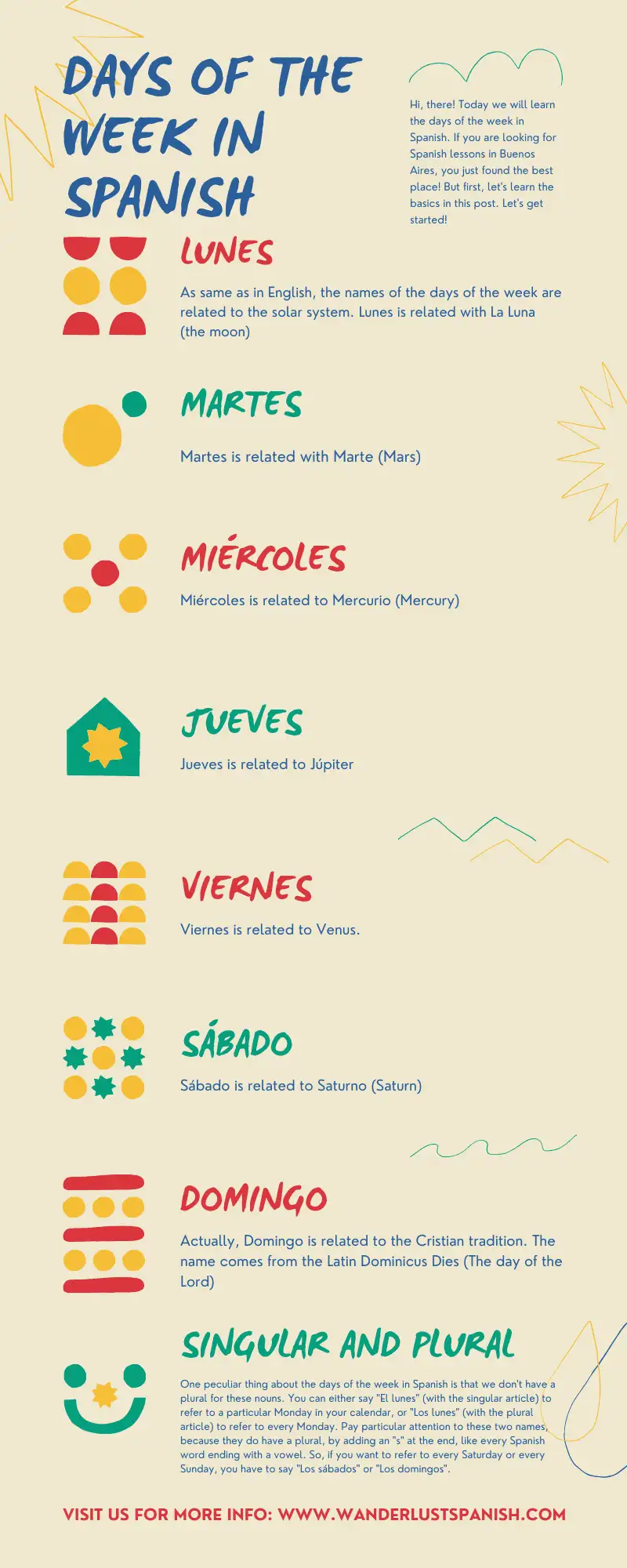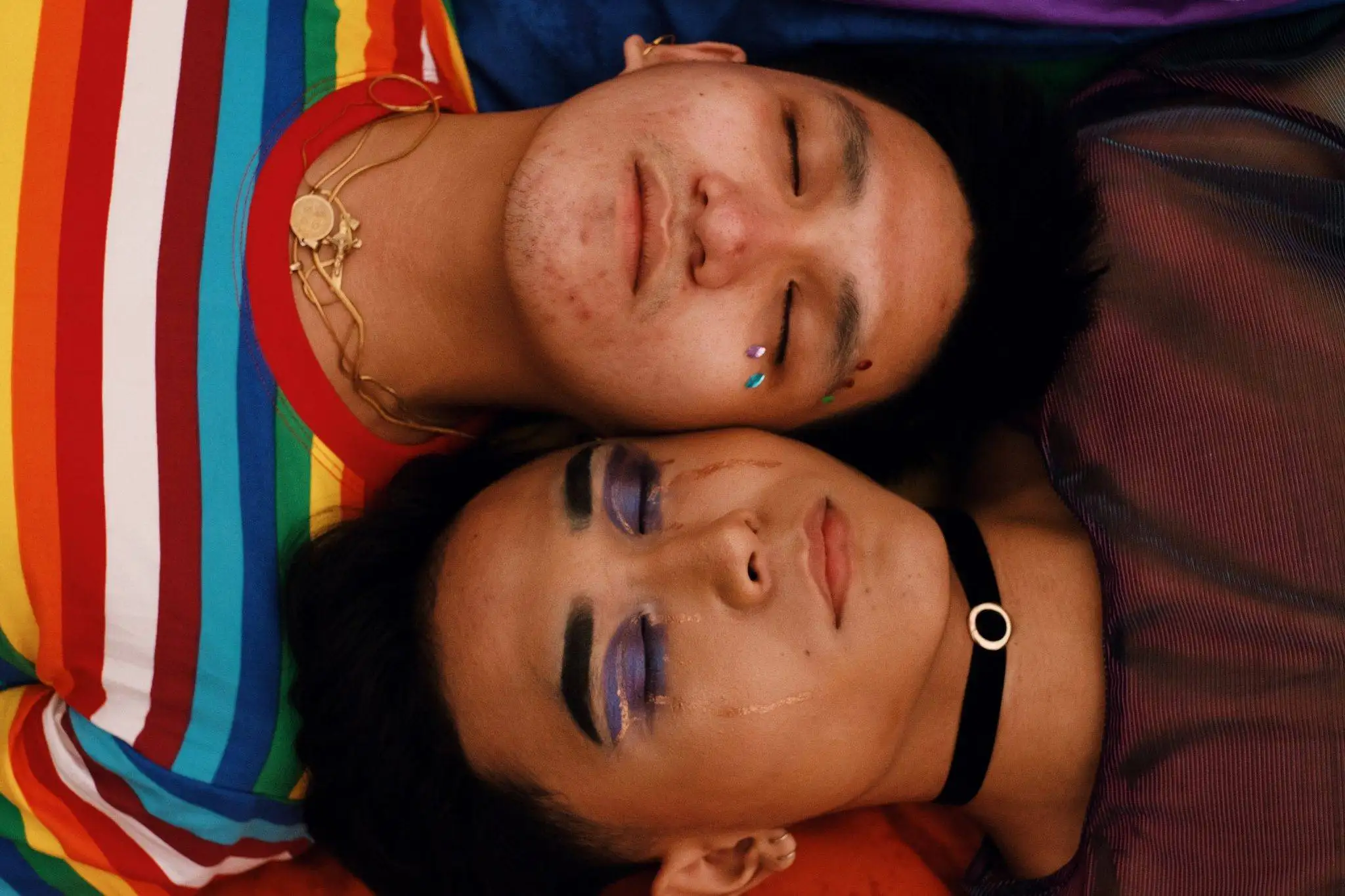Hi, there! How are you? Today we will study How to say I Don’t Know in Spanish. Did you ever feel you needed this expression? Now we will give more than one option so you can have a few alternatives in your mind. This can be useful not only to express doubt but also to make you understand when you are not understanding what someone’s saying. And we know that when we are learning a new language, there’re many times when we don’t completely understand or even don’t understand at all, when someone, for example, talks very fast. And that’s okay! Feel free to say I Don’t Know as many times as you need it to. So let’s get started with this post!
Do you want to know How to say I Don’t Know in Spanish?
Firstly, let’s translate the classic I Don’t Know from English: I (Yo) Don’t (No) Know (Sé). ¡Yo no sé! But… that’s how we talk? Of course not! Remember that, usually, the literal translation will not work when it comes to languages. We have two more common ways to say I Don’t Know. The first one is just: No sé. For example:
-¿Qué quieres comer hoy? (What do you want to eat today?)
–No sé. No tengo hambre ahora. (I don’t know. I’m not hungry now)
The second one is No lo sé. Can you note the difference? The word “lo” means “it”.
-¿Qué es lo que te pasa? Estás muy raro últimamente (What is the matter with you? You are very weird lately)
-¡No lo sé! Sé que estoy raro pero no sé por qué. (I don’t know! I know I’m weird but I don’t know why)

Don’t worry, there’s no difference in using one or the other. It’s just, for example, in Argentina, we don’t often use No lo sé, while we do use No sé. There is just one case when you can’t use No lo sé, and that is when another sentence comes after, for example:
-¿Qué le pasa a Francis? (What’s wrong with Francis?)
-No sé qué le pasa a Francis (I don’t know what happens to him) —–>, In this case, you can’t say “No lo sé QUÉ le pasa a Francis”, because the “lo” works as a Direct Object, and in this sentence, the direct object is fully expressed in “qué le pasa”. It’s like saying I don’t know it. It is ‘what happens to him.
Other ways to say I Don’t Know
Now let’s go with some alternatives you can use to avoid repeating “No lo sé” or “No sé” like a parrot.
-¡Ni idea! —> Informal. It means “No idea” or “I don’t have a clue” (No tengo ni idea). For example:
-¿Sabes a qué hora viene el tren? (Do you know what time the train comes?)
-No tengo ni idea, estoy acá solamente para comprar algo. (I have no idea, I’m just here to buy something.)
-¡Qué sé yo! or ¡Yo qué sé! —> This is a very colloquial expresion, sort of shorthand phrase. Let’s see how to use it:
-Con el trabajo, la casa, la universidad y qué sé yo, no me queda tiempo para hacer nada. (With job, the house, university and whatever, I have no time to do anything.) —> Notice that here is not a I Don’t Know with literal meaning, is more like a word you put inside a big phrase, as saying “etcetera”.
Another example, now with “Yo qué sé”.
-¿Dónde dejaste mis zapatos? (Where did you leave my shoes?)
-¡Yo qué sé! Si tu no sabes dónde están tus zapatos es tu problema, no el mio. (I don’t know! If you don’t know where your shoes are, it’s your problem, not mine) —-> Notice that here is more agressive than just saying “No lo sé”. You can use “Yo qué sé” when you are angry with someone.
Okay, that was all for today. Now you can say you know How to Say I Don’t Know in Spanish. Remember claim your free trial class here! See you in the next post!








